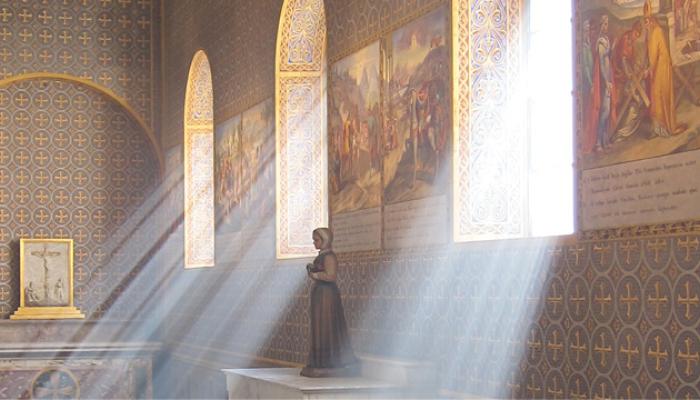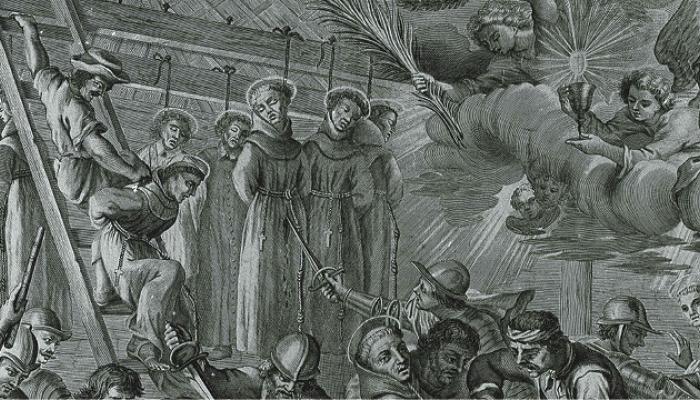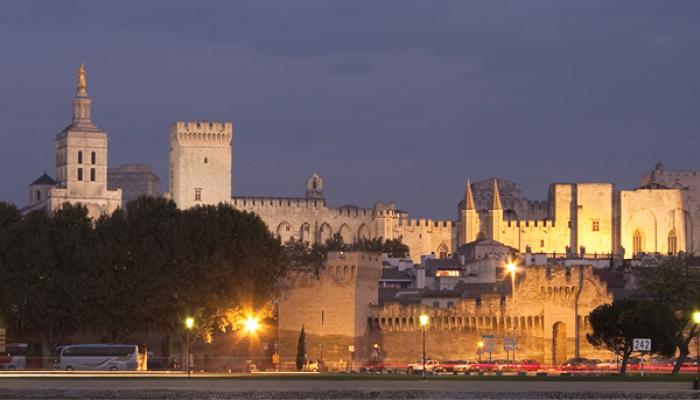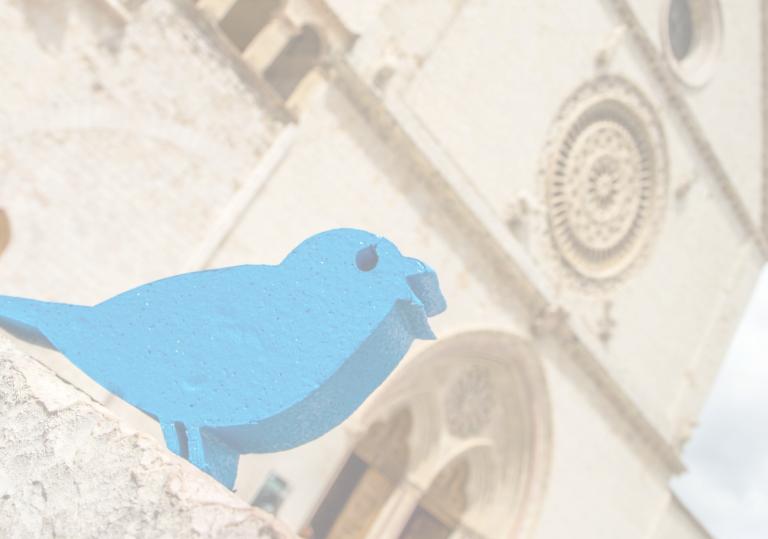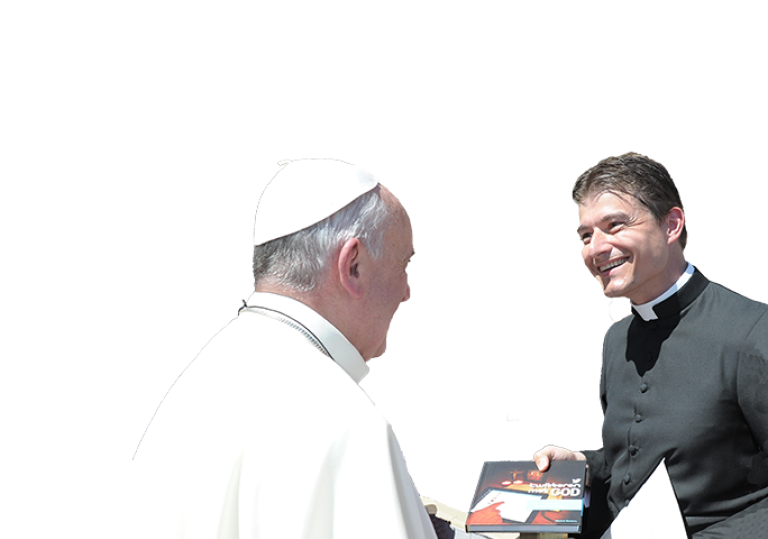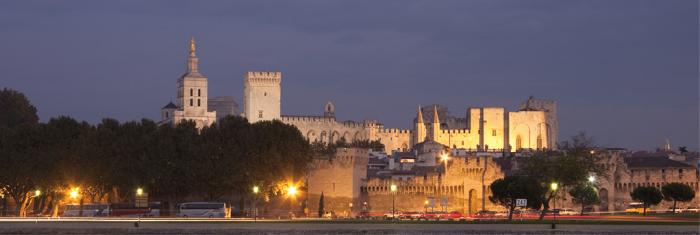
2.33 Cosa accadde all’inizio del Rinascimento?
Nel XIII e XIV secolo ci fu molta confusione sull’identità del Papa vero, dal momento che diverse persone sostenevano contemporaneamente di essere Papa. Fu solo nel 1417 che tutte le parti riconobbero Martino V come l’unico vero Papa.
I papi iniziarono ad accumulare ancor più ricchezza e a vivere una vita mondana. A causa di questi problemi la Chiesa aveva un tremendo bisogno di rinnovata attenzione per seguire veramente Gesù, il che avveniva su scala ridotta. Durante il Rinascimento tuttavia, spesso la persona umana divenne il centro dell’attenzione piuttosto che Dio. Tristemente, questo a volte si evidenziò anche nella guida della Chiesa.
[The scholar] Duns Scotus distanced himself from Paris, after a serious dispute broke out between King Philip IV the Fair and Pope Boniface VIII, rather than sign a document hostile to the Supreme Pontiff as the King requested of all religious, preferring voluntary exile... this event invites us to remember how often in the history of the Church believers have met with hostility and even suffered persecution for their fidelity and devotion to Christ, to the Church and to the Pope. We all look with admiration at these Christians who teach us to treasure as a precious good faith in Christ and communion with the Successor of Peter, hence with the universal Church. However, friendly relations between the King of France and the Successor of Boniface VIII were soon restored and in 1305 Duns Scotus was able to return to Paris to lecture on theology. [Pope Benedict XVI, General Audience, 7 July 2010]

